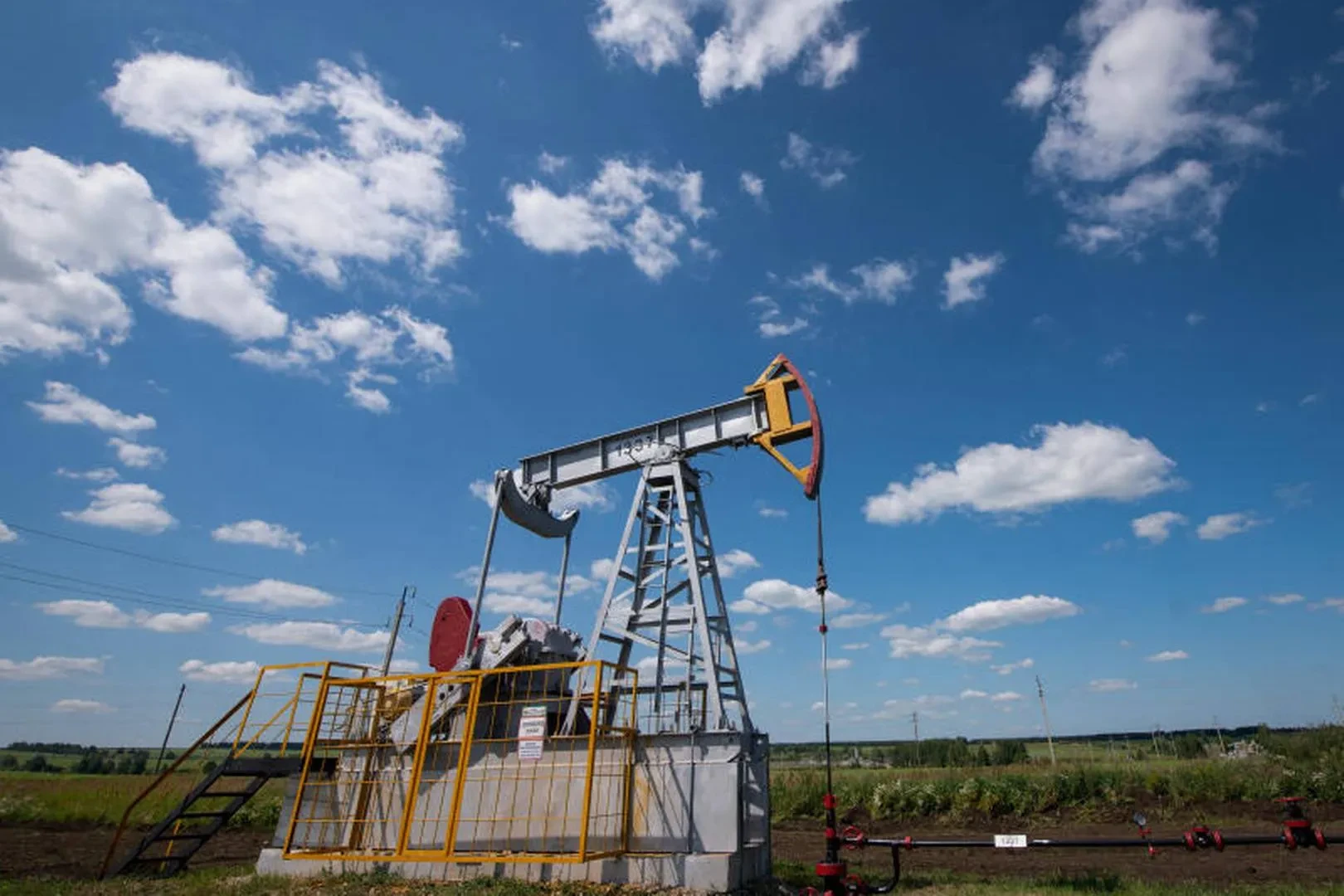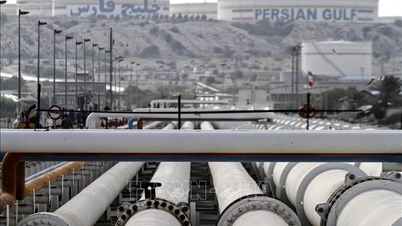In the morning trading session on October 7, world crude oil prices increased after OPEC+ announced a lower-than-expected increase in production. The Brent contract for the nearest month increased 1.1% to 65.24 USD/barrel, while US WTI oil increased 1% to 61.47 USD/barrel.

According to analysts, the market previously expected OPEC+ to increase more strongly to regain market share, especially when supply from Venezuela and Iraq is recovering.
However, the group only decided to raise 137,000 barrels per day in November, similar to the increase in October, showing that major producers such as Saudi Arabia are being more cautious about the risk of oversupply.
Before the meeting, Russia had proposed an increase of 137,000 barrels per day to avoid putting downward pressure on prices, while Saudi Arabia wanted to double or triple that figure to quickly regain lost market share. In the end, OPEC+ chose a compromise, maintaining a modest production increase to protect oil prices.
Meanwhile, supplies from some non-bloc countries are becoming more abundant. Venezuelan exports are rising, Kurdistan crude flows through Türkiye have resumed, and there are still large unsold stocks from the Middle East for November delivery. This puts the crude market still at risk of a surplus in the fourth quarter of 2025.
Saudi Arabia has decided to keep the official selling price for Arab Light crude exported to Asia unchanged. Regional refiners had previously predicted a slight increase, but increased supply from the Middle East has pushed the price differential to its lowest in nearly two years.
In India, despite pressure from the US to reduce purchases of Russian oil, importers continued to trade. An Indian government official said that due to attacks on Russian oil refineries, Russian oil sales increased, helping to stabilize the global market somewhat.
In addition to supply factors, weak demand is also a barrier that makes it difficult for crude oil prices to break out. The US Energy Information Administration (EIA) said that inventories of crude oil, gasoline and distillates in the week ending September 26 all increased more than expected, while refining capacity and domestic demand decreased.
Analysts predict that the upcoming maintenance period of oil refineries in the Middle East may help limit the decline in prices, but the prospect of an increase still depends largely on the recovery of the global economy .
Crude oil prices could remain stable if production increases steadily and demand improves, but the US economic recovery in the rest of 2025 and into 2026 will be crucial, according to IG Group expert Chris Beauchamp.
If growth returns, energy demand will rebound strongly, pushing crude prices higher. If the economy continues to stagnate, the oil market could face a prolonged period of “high supply, low demand,” making the current rally temporary.
Source: https://baonghean.vn/gia-dau-the-gioi-ngay-7-10-2025-gia-dau-tho-tang-khi-opec-tang-san-luong-thap-hon-du-kien-10307776.html






![[Photo] Prime Minister Pham Minh Chinh chairs the 16th meeting of the National Steering Committee on combating illegal fishing.](https://vphoto.vietnam.vn/thumb/1200x675/vietnam/resource/IMAGE/2025/10/07/1759848378556_dsc-9253-jpg.webp)
































































































Comment (0)